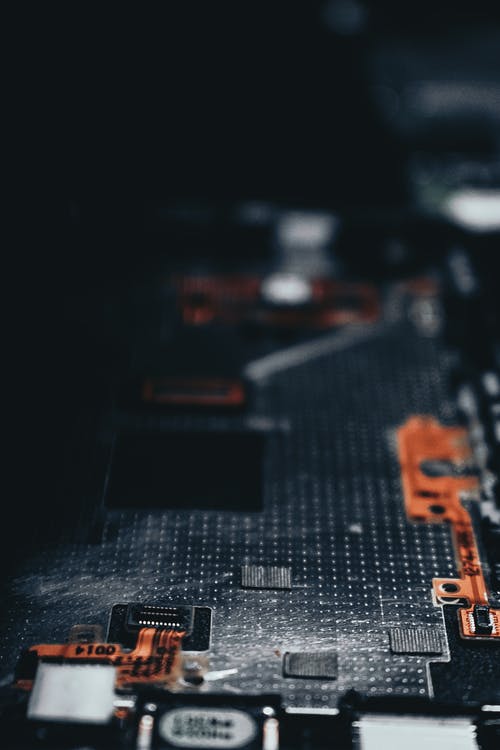By Francois Stols and Lindile Xoko
South Africa’s economy is easing back towards levels of activity last seen before the Covid-19 lockdown. Logistics fleets are returning to full capacity, and private travel is now similarly back to previous levels.
The reason we can confidently make this assertion is the vast amounts of data now available to us about movement on South African roads. As an operator in the vehicle recovery and fleet management space, we have access to this data.
This data now informs pivotal strategic decisions, it drives business planning, efficiency enhancements, and life-and-death safety initiatives. The source of this vast ocean of information is that popular current buzzword – the Internet of Things (IoT).
IoT technology has been around for decades – even if its name is more recent. Tracking and monitoring devices have long been in use – employing radio and satellite methodology, and later 3G and LTE platforms.
The move towards the mass, high-speed connectivity promised by 5G mobile broadband promises to take the industry to a new level of insight, providing critical data that vastly improves customer services, safety, and profitability.
No longer are IoT insights a nice-to-have capability, or simply a security concern. They are vital. No business operating in the mobility space can afford to ignore the value of IoT.
IoT finds application in several aspects of modern business. In public transport, for instance, camera technology is now used to monitor driver behaviour as well as social-distancing and safety compliance.
Newer-generation cameras are capable of image recognition, customer counts and even remote infrared body-temperature screening.
Initially, short-range RF technology simply told customers the location of their vehicles. As the technology progressed, we were able to gather more information through GPS trackers, cameras and ever more precise sensors.
Today, companies can assess and modify driving behaviour. This has opened up opportunities for both consumers as well as insurers and vehicle finance companies. They can now offer personalised premiums and encourage efficient, safe driving that benefits drivers, businesses and society at large.
We have seen our offering evolve from tracking to connectivity and data management. Technology also now lets us give clients access to data platforms and dashboards where they can manage and customise their own track-and-trace service.
Clients can also now take ownership of their own security, setting geofencing and alert parameters for their vehicles and family members.
Commercial transport firms can set up automated logbooks, panic buttons and driver alerts.
In the consumer space, the next step of technological evolution is the understanding of the car as a permanently connected information and entertainment hub.
When the connected car can guarantee broadband access, the final piece of the puzzle falls into place. We can now move seamlessly between our home, vehicle and office environments while remaining connected throughout. This is the dawn of the Connected Life.
Thanks to IoT, this state of eternal connectivity generates constant, exponentially growing amounts of data. The challenge, and the true differentiator in an IoT space where equipment is largely commoditised, is how to use and interpret that information.
Data enrichment is the new frontier. A company such as ours has moved from simple vehicle tracking, into the Big Data space. We have built our own Big Data platform, in partnership with Stellenbosch University, which we launched about two years ago. The platform currently processes around 300 million data points per day.
Big Data platforms allow for the provision of data-centric services such as predictive models. For instance, insurance companies can now use drivers’ unique biometric data-sets to identify when performance is impaired due to fatigue or alcohol. In this way, IoT enables the evolution from accident reconstruction to accident prevention, using the power of data.
As far as claims validation goes, data analysis powered by artificial intelligence can make this an almost instantaneous process.
Another trend we are seeing is OEMs entering the data and connectivity space. While this transition has not yet reached its ultimate form, based on our global partnerships with Toyota, we anticipate carmakers taking ownership of engine- and vehicle-centric information and its connectivity.
Supplementary services, such as theft recovery, and jamming detection will likely be provided by local suppliers. With the rise of the connected vehicle, infotainment will become another differentiator, and possibly another income stream for OEMs, or third-party suppliers.
The final stage of this data-centric move to connected mobility may be the establishment of a single, interoperable data platform, shared by cars, infrastructure, service providers and governments. Until such a scenario arrives, we will see connectivity gradually gaining in significance as the key enabler of movement.
It must not be overlooked that these oceans of data that our mobility now generates come with significant security risks. Cybersecurity is now a mobility issue, and we’ll need to keep building technologies and policies to protect our customers and their data.
The key is proactive threat management, using artificial intelligence to proactively anticipate and manage such threats on a dedicated cybersecurity platform.
IoT is the technology that has transformed modern business. That transformation is taking place in several spaces at once – safety, mobility, accessibility, sustainability, cost control, operations, information and analytics.
Each of these areas offers opportunities for organisations able to build proficiencies themselves, or to build partnerships to provide such services. In an emerging platform economy, where data is ubiquitous, the organizations with the platforms to deliver services using that data will dominate.
Technology is no longer a differentiator, but an enabler. It enables the objectives and strategies of organizations, so they can serve their customers and be competitive. As such, it is indispensable. IoT, overlaid with AI, is no longer a grudge purchase. It’s essential.
Link: https://talkiot.co.za/2020/10/13/internet-of-things-is-transforming-the-mobility-space/
Source: https://talkiot.co.za/2020/10/13/internet-of-things-is-transforming-the-mobility-space/
